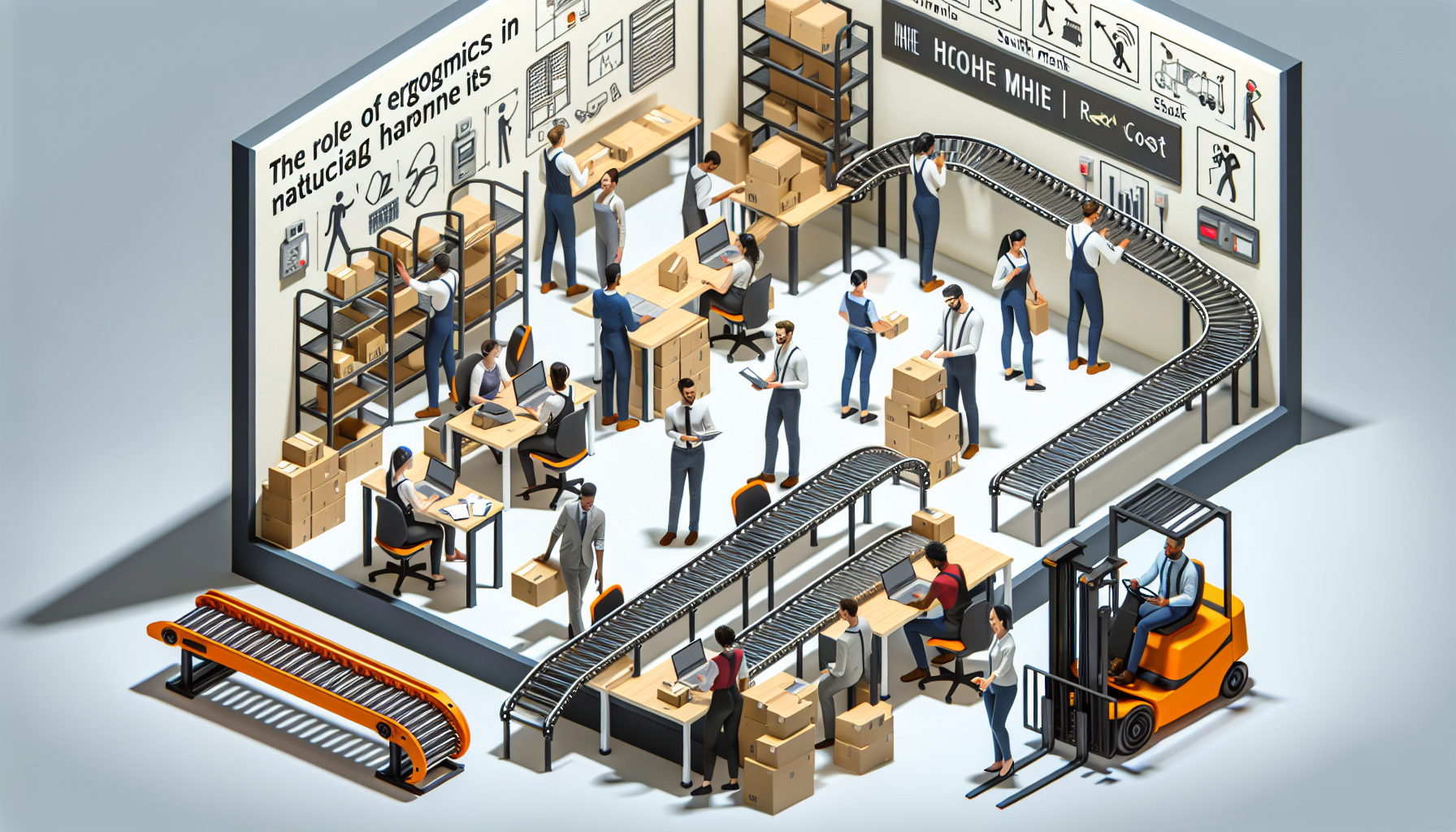When it comes to warehouse operations, there are many factors to consider in order to ensure safety, productivity, efficiency, and cost-effectiveness. One of the key areas that can significantly impact these factors is the management of Material Handling Equipment (MHE). Not only is MHE crucial for day-to-day operations, but it also represents a significant cost for any warehouse. In this article, we will explore the role of ergonomics in reducing MHE costs and how HCO Innovations can help optimize your warehouse operations.
The Importance of Ergonomics in Warehouse Operations
Ergonomics plays a critical role in warehouse operations and is essential in creating a safe and efficient working environment. By focusing on the design and arrangement of workspaces, equipment, and tools, ergonomics aims to minimize the risk of musculoskeletal disorders (MSDs) and other injuries, while also improving productivity and overall employee well-being.
When it comes to MHE, ergonomics becomes even more crucial. Warehouse workers often rely on various types of equipment such as forklifts, pallet jacks, and conveyors to move and transport heavy loads. Operating such equipment for extended periods can lead to fatigue, strain, and increased risk of injuries if proper ergonomics principles are not considered.
By implementing ergonomic principles in the design and use of MHE, warehouses can achieve several benefits:
- Reduced risk of work-related injuries: Properly designed MHE can help minimize the risk of strain, sprains, and other injuries caused by repetitive motions or awkward postures.
- Increased productivity: Ergonomically designed MHE can improve worker comfort and efficiency, leading to faster and more accurate picking, packing, and movement of goods within the warehouse.
- Cost savings: By reducing the risk of workplace injuries, warehouses can save on workers’ compensation claims, medical expenses, and potential litigation costs.
HCO Innovations: Your Partner in Warehouse Optimization
When it comes to optimizing your warehouse operations and reducing MHE costs, HCO Innovations is your trusted partner. With their expertise in warehouse optimization solutions, HCO Innovations can help you streamline your material handling processes and enhance overall efficiency and safety in your warehouse.
HCO Innovations offers a range of services and solutions tailored to your specific needs, including:
- Warehouse layout and design: HCO Innovations can assess your current warehouse layout and design a more efficient and ergonomic workspace, ensuring optimal flow and minimizing unnecessary movements.
- MHE selection and configuration: With their knowledge of various MHE options available in the market, HCO Innovations can help you choose the most suitable equipment for your warehouse needs. They will also assist in configuring MHE to maximize productivity and safety.
- Employee training and education: HCO Innovations provides comprehensive training programs to educate your employees on proper MHE operation, ergonomics best practices, and safe working techniques, reducing the risk of injuries and ensuring compliance with regulations.
- MHE maintenance and optimization: HCO Innovations offers ongoing maintenance services to keep your MHE in optimal condition, ensuring longevity and minimizing downtime. They can also monitor and analyze equipment performance to identify opportunities for further optimization.
By partnering with HCO Innovations, you can benefit from their extensive experience and expertise in warehouse optimization. They have successfully helped numerous businesses improve their safety records, increase productivity, and reduce MHE costs.
Click here to learn more about HCO Innovations’ comprehensive material handling equipment management solutions and how they can help optimize your warehouse operations.
Remember, when it comes to reducing MHE costs and improving overall efficiency in your warehouse, ergonomic design and optimization are key. By investing in proper ergonomics and partnering with experts like HCO Innovations, you can create a safer and more productive working environment while saving costs in the long run.

